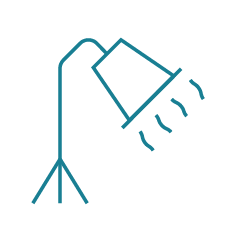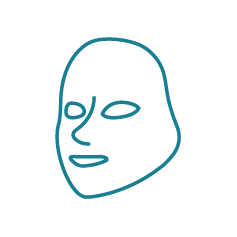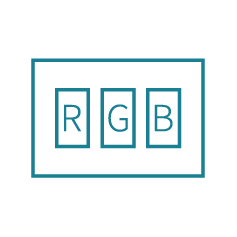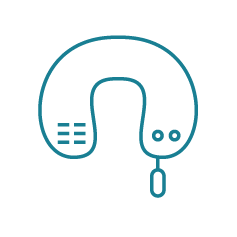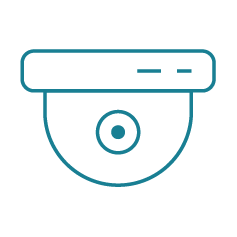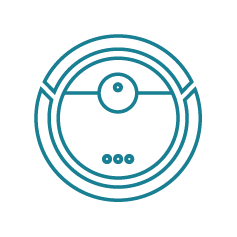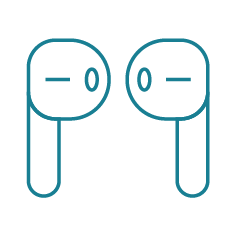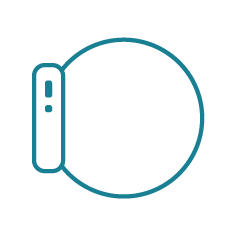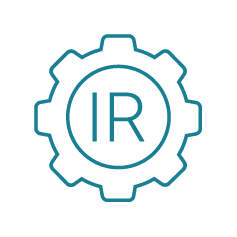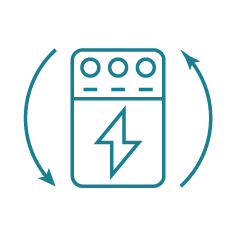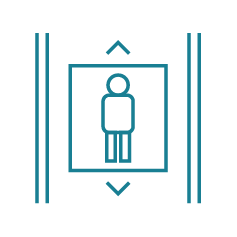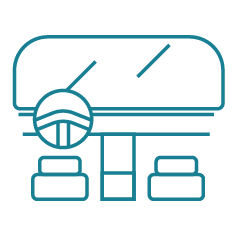In 2019, niche applications became a new driving force for the development of the LED industry
According to observations from the LED Research Center (LEDinside) of Jibang Consulting, the LED industry was affected by poor terminal demand in 2018, coupled with the impact of trade frictions between China and the United States, resulting in a decrease in inventory levels for customers and a sharp freeze in demand throughout the year.
Looking ahead to 2019, although there is still a risk of oversupply in the overall industry, including small pitch LED displays, Mini LED backlighting UV-C LED、 Special applications such as automotive lighting and high-efficiency LED lighting have promising prospects and are expected to drive demand growth.
LEDinside pointed out that the trade friction between China and the United States has temporarily ceased after the G20, and the tariffs that were originally expected to be imposed on January 1, 2019 will be postponed for three months. For the LED industry, there may be a 25% or 10% tariff difference in the future, which will change manufacturers' procurement plans and relocation decisions. Furthermore, the unclear dynamics between China and the United States will delay the original decision-making time, and the industry's wait-and-see atmosphere and market uncertainty may suppress demand.
Small pitch LED display screen
With the increasing demand for LED displays in the rental market, retail department stores, conference rooms, and other markets, the output value of small pitch LED displays grew by as much as 31% annually in 2018. According to LEDinside observations, compared to other applications, LED displays have considerable profits, and the reduction in dot pitch continues to bring more new application scenarios.
In addition, the price of LED chips has fallen, making LED displays more cost-effective for commercial use than other alternative technologies. Therefore, many LCD panel manufacturers and commercial display brand manufacturers are eager to develop small pitch LED displays.
LEDinside believes that manufacturers who can gain a certain market share in the small pitch LED display supply chain, such as Jingdian, Sanan, Huacan, Yiguang, Guoxing, Hongqi, Jingtai, etc., will benefit. Supporting driver IC manufacturers such as Jiji Technology and Jichuang North will also benefit.
Mini LED backlight
Mini LED applied to LCD displays, combined with direct area backlight technology, can increase the contrast and brightness of LCD displays, and provide consumers with another option besides OLED. Taking the 27 inch desktop gaming monitor with Mini LED backlight as an example, the LED usage is around 4000-12000, and the use of multi area backlight independent control will help improve contrast and provide players with a better visual experience.
However, at present, due to the high cost of technology, it can only be applied to high-end models. If the cost of Mini LED and the large-scale transfer of technology can achieve breakthrough development in the future, Mini LED backlight technology is expected to be widely applied to various displays, which will effectively boost the chip demand of the LED industry.
It is expected that manufacturers who have been deeply involved in the backlight field for a long time or have panel resource backgrounds, such as Jingdian, Longda, Guangtong, Rongchuang, Ruifeng, etc., will be the first to reflect the Mini LED backlight business opportunity.
UV-C LED
The UV-C LED application market includes three major growth drivers: static water sterilization, surface sterilization, and flowing water sterilization.
Static water sterilization and surface sterilization applications (such as air purification, household appliances, etc.) do not require high time requirements, but because these applications are all imported into consumer household appliances, the requirements for product cost-effectiveness are quite high, resulting in the inability of UV-C LED to be widely popularized in the short term.
As for the application of mobile water sterilization, it requires rapid sterilization and high product power requirements, so the UV-C LED power specification must be higher than 40-50 mW.
LEDinside believes that the biggest challenge for UV-C LEDs at present is still the need to improve technology and efficiency, but such technological barriers have the opportunity to be gradually overcome in the future. However, UV-C LEDs belong to a niche market and require long-term accumulation of technology, so only a few manufacturers such as Seoul Semiconductor LG Innotek、 Qingdao Jiesheng, Guangshen, Yanjing, Guangbao, Yiguang, Violmas and others will benefit.
Automotive LED
With the price reduction and functional increase of LED, the output value and penetration rate of automotive LED lighting continue to grow. In 2018, the output value of automotive LED increased by 15% annually. Among them, the demand for headlights and automotive panels is rapidly increasing.
However, due to the high requirements of LED manufacturers in the automotive front-end market, and the increasing desire of car manufacturers to integrate sensing components with headlights, the automotive front-end market is still dominated by a few manufacturers such as Osram, Nichia, Lumileds, etc. The remaining LED manufacturers mainly enter the aftermarket and modification market, or enter applications with relatively low entry barriers and high LED penetration rates such as interior lights and taillights.
High efficiency LED lighting
Due to increasingly stringent regulatory requirements for energy conservation and environmental protection in various countries, LED lighting is gradually pursuing products with higher light efficiency. In addition to the increasing light efficiency requirements for lighting products in the DLC regulations of the United States, the European Union is also preparing a new energy standard draft (Ecodesign Working Plan 2020), which requires lighting products to have a light efficiency of at least 85lm/W. Although the draft is still in the stage of soliciting opinions, it has gradually attracted the attention of LED manufacturers towards high-efficiency LEDs.
Under this trend, leading LED manufacturers with patent protection and the ability to achieve high luminous efficiency technology, such as Nichia CREE、Lumileds、 Osram, Yiguang, and Seoul Semiconductor will directly benefit.

